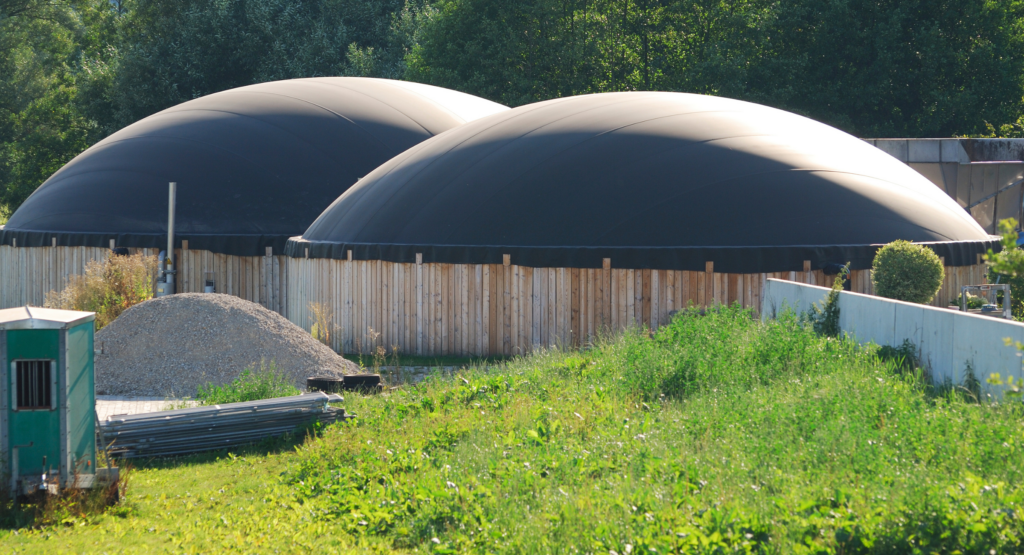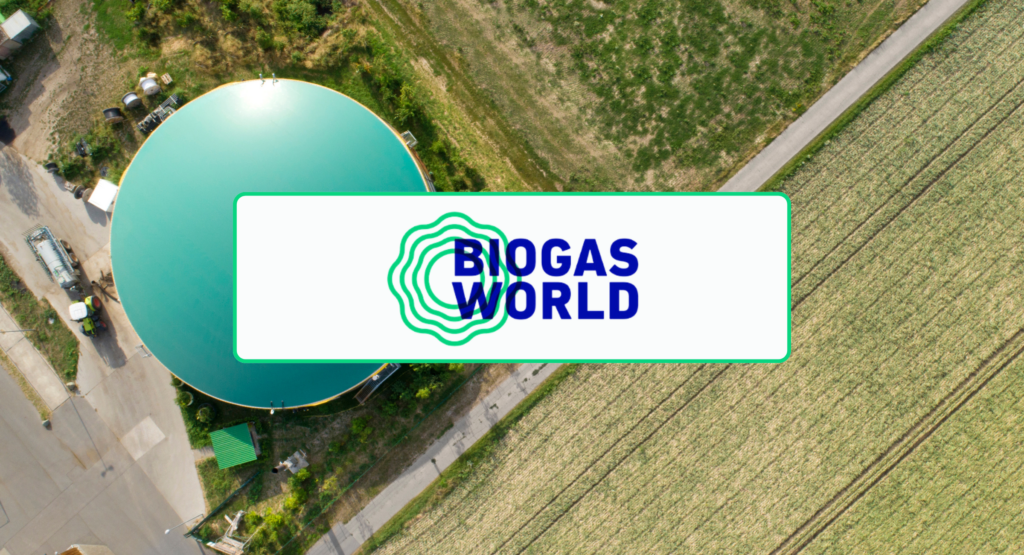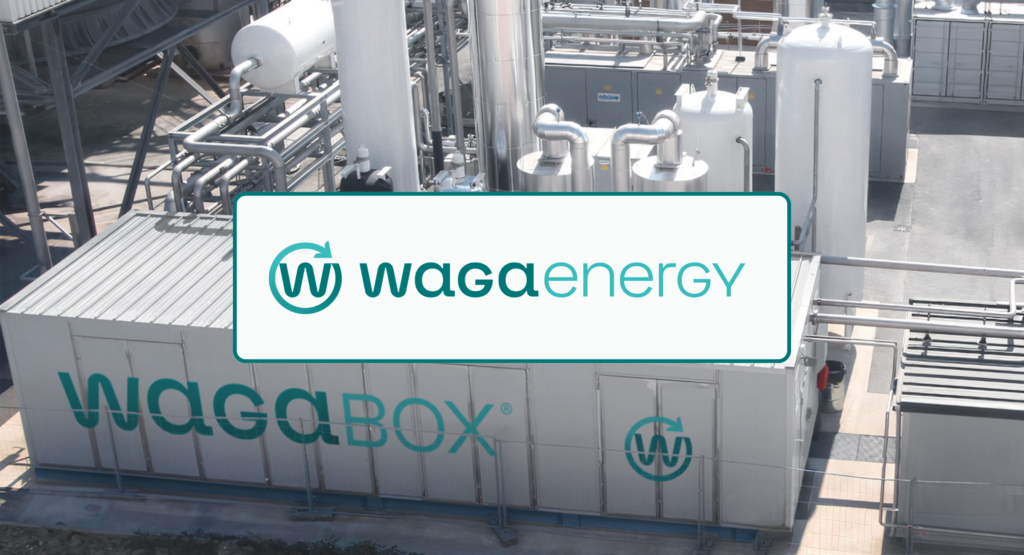Canadian Biogas: Slow Out the Gate But Not to Be Underestimated

Canadian Biogas: Slow Out the Gate But Not to Be Underestimated
By Ryan Hart– Renewable Energy Analyst at BiogasWorld
To sum up the Canadian biogas market in North America would be as an underdog. The market has persevered through a largely indifferent political environment, continually advocating for itself and the potential benefits it can bring the Canadian economy. There is an enormous feedstock potential in Canada, and only approximately 14% is being utilized. With advancements in new technology, new feedstocks are slowly being unlocked which could increase the realistic feedstock potential even further. Although there have been a low number of new facilities commissioned over the past few years, many facilities have continued development and construction phases, as major utilities look to ramp up their RNG procurement. To increase production, however, policies and regulation will need to advance beyond the existing patchwork that inhibits development. RNG has the potential to reduce over 25 Mt of greenhouse gas emissions by 2030, however, these gains will not be realized without effort.[i]
There are around 300 biogas facilities across Canada, the majority of which are generating clean electricity for Canadian grids.[ii] Many of these facilities went into operation following the introduction of Feed-in Tariffs which supported clean electricity generation. As these tariffs conclude, and facilities reach the end of their lifespans, there is a high likelihood that large facilities will look to transition to RNG production where it is economically feasible to do so.
Currently, there are a modest 32 facilities producing RNG across Canada, primarily located in Québec, British Columbia, and Ontario. Agricultural wastes, landfills, and source-separated organics make up the primary feedstocks for these facilities. There are over 80 new facilities in development or construction announced publicly and scheduled to be commissioned over the next few years.[iii] Looking further into the next decade, the Canadian Gas Association estimates that between 2024 and 2035, new investments in RNG could total between CAD 2 and 3 billion, and would result in 40-50 new facilities. To achieve this goal, the organization and its members has begun advocating for a new investment tax credit (ITC) to spur increased growth.[iv]
Other efforts to boost RNG development in Canada include proposals for a Clean Gas Standard, by the Canadian Biogas Association and its allies, which if implemented, would increase renewable gases within the grid by 4% by 2030, and 13% by 2040. One of the most promising developments in recent years came in Budget 2024, which announced new funding opportunities for biogas and RNG being developed, with details to be released within the 2024 Fall Economic Statement.
Through collaboration, Canadian agriculture can increase the economic feasibility of projects. The Canadian Alliance for Net-Zero Agri-Food (CANZA) authored a report in 2024 advocating for increased agricultural RNG development through collaboration. It was estimated that the Canadian agricultural industry could produce up to 50 PJ of RNG and generate between CAD 1 and 2 billion for farmers and rural communities. The organization estimates that over 70% of manure is generated within regions that could support large cooperative digesters processing the waste of farms within a 25-kilometer radius (“hub-and-spoke” projects). They estimate approximately 60 of these large projects, to be feasible across the country, largely in the main agricultural regions including Southern Ontario, the St. Lawrence Region & Southern Québec, Southern Manitoba, and Southern Alberta.[v]
Canada possesses tremendous potential of next-generation feedstocks, including fibrous and woody biomass. To assist Canadian companies to unlock these resources, the government of Canada continues to support emerging technologies and pilot projects processing these feedstocks. Many projects announced are in provinces already active in the RNG space, including Alberta, British Columbia, Ontario, and Québec.[vi] The success of these pilots has the potential to substantially increase the potential of the RNG sector in Canada.
In the absence of federal incentives to develop the industry, some provinces and utilities have put forward iniatives to spur industry growth in Canada. Québec is currently one of the country’s powerhouses for industry development, boasting the largest number of new facility announcements among the provinces. Many estimates place the feedstock potential of the province at around 15 PJ, however, some estimates reach as high as 144 PJ. Quebec is the leading producer for dairy and pig farming, and it leads the country in organic farming. Nearly 30% of all Canadian farms reporting bioenergy systems are located within Québec. To spur growth within the province, the government of Québec implemented a compliance obligation of 1% RNG in utilities pipelines in 2023, increasing to 5% in 2025. The largest gas utility in the province, Énergir, is ambitiously pushing beyond a voluntary program, announcing in 2023 that all new homes in their service area will be supplied with 100% RNG. In February 2025, the Energy Board cancelled this permit, and it is unclear whether it will be reinstated.[vii]
In British Columbia, under the current legislated scenario, the province would generate 1.5 PJ by 2030, in contrast to the target outlined in the Clean BC Roadmap of 30 PJ. Beyond the legislated scenario, supply within the province is predicted to increase to over 9 PJ in 2030, and around 11 PJ by 2050. The largest gas utility in the province, FortisBC, was the first utility in Canada to offer a voluntary RNG program and has been a large drive for provincial growth. Between 2022 and 2023 alone, the supply of RNG increased by 145% in BC. As of January 1, 2025, all Fortis customers began receiving 2% of their annual gas use as RNG. The utility is aiming to increase its supply of RNG in the coming years to around 12 PJ.
Of the three Canadian provinces with the largest growth, Ontario has been the slowest on its feet. With a potential of approximately 25 PJ, the province possesses 33% of Canadian agriculture and dense urban centers, providing a wealth of feedstocks. The province boasts over 60 biogas facilities because of a previous Feed-in tariff program, however, since the program’s conclusion, industry development within the province has been greatly inhibited by the absence of government support. This is gradually changing, however, and at the end of 2024 the province announced an intention to lower barriers to RNG injection and decrease compliance obligations as part of the Emissions Performance Standards. The province’s main gas utility, Enbridge, has been the primary force driving industry development. The utility has partnered with several projects within the province to begin converting a small percentage of its grid to RNG. The utility is currently seeking approval with the province’s energy board to further increase its RNG procurement and offer consumers the ability to offset their gas use with RNG.
Many more exciting first movements are being made in other parts of the country. In the prairies, Manitoba has begun exploring its RNG potential to increase its energy flexibility. And in the Maritimes, New Brunswick is exploring the use of RNG for meetings its emissions targets, and Nova Scotia is investigating how anaerobic digestion can increase water conservation in the province.
The federal government being slow to react should not be a reason to count out the potential of the Canadian market. There are a substantial number of experienced engineers, suppliers, and developers ready to lend their expertise, and the lessons of other markets can better inform policy makers to develop effective solutions for managing waste resources.
Index
[i] Stadnyk, Sarah. November 2024. “Canadian Biogas Association: Exploring the benefits of RNG in Canada.” Canadian Biomass. https://www.canadianbiomassmagazine.ca/canadian-biogas-association-exploring-the-benefits-of-rng-in-canada/
[ii] Ibid.
[iii] BiogasWorld. February 2025. “RNG Report 2025 – Canadian Market.” Biogas Community. https://biogascommunity.com/
[iv] Canadian Gas Association. 2024. “Canadian Gas Association 2024 Pre-Budget Submission.” CGA. https://www.cga.ca/wp-content/uploads/2024/02/Canadian-Gas-Association-PreBudget-RNG-ITC.pdf
[v] CANZA. March 2024. “Taking Action on Methane Emissions.” CANZA. https://canza.ca/wp-content/uploads/2024/03/Taking-Action-on-Agricultural-Methane-Biodigester-Opportunity-E-Book-March-2024.pdf
[vi] Natural Resources Canada. March 2024. “Government of Canada invests $15 million ion Clean Fuels Projects in the Niagara Region and Across Canada.” Government of Canada. https://www.canada.ca/en/natural-resources-canada/news/2024/03/government-of-canada-invests-15-million-in-clean-fuels-projects-in-the-niagara-region-and-across-canada.html
[vii] Baril, Hélène. February 24, 2025. “Énergir ne peut plus imposer le gaz renouvelable.” La Presse. https://www.lapresse.ca/affaires/entreprises/2025-02-24/decision-de-la-regie-de-l-energie/energir-ne-peut-plus-imposer-le-gaz-renouvelable.php?sharing=true






Comments